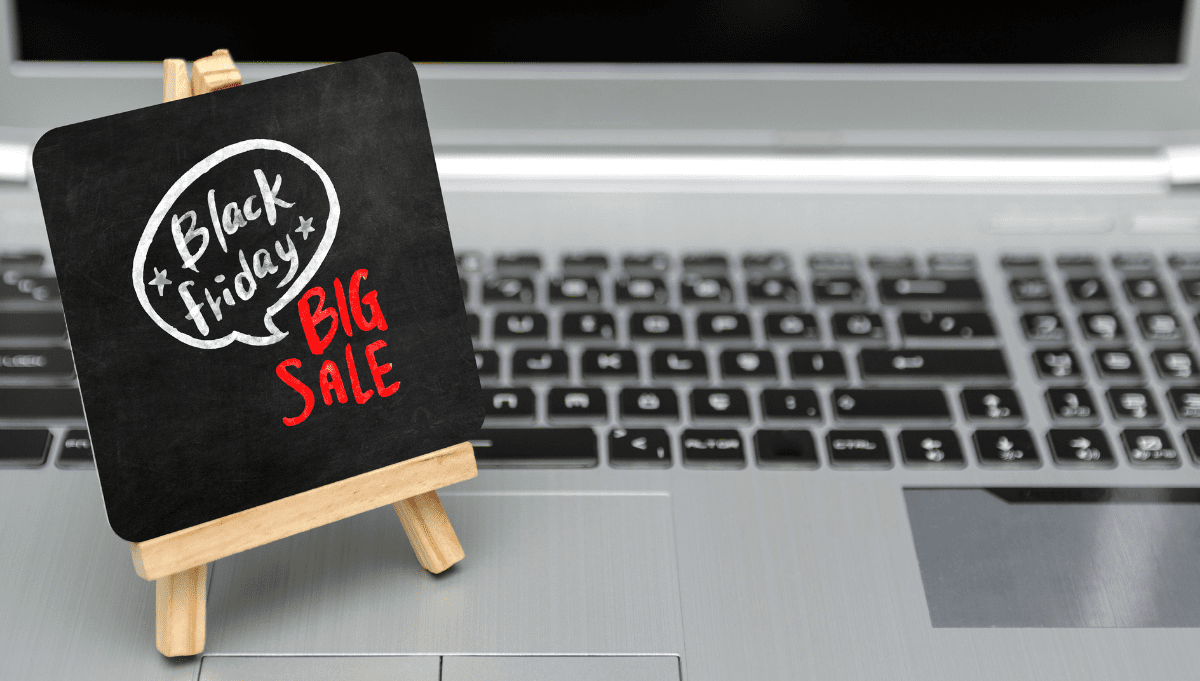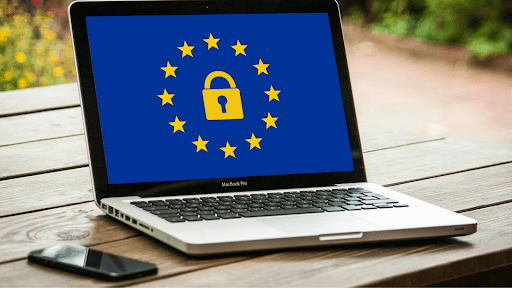
>Share this post<
by kooomo
November 12, 2021
As we grow closer to the busiest eCommerce event of the year, let’s discuss Marketplaces and the tips you need to create a successful eCommerce strategy for Black Friday.
1. Set up your website on eBay
So, how do you make the most of your Black Friday campaigns? By ensuring that you have everything planned and ready to go, with a focus on which products and deals you will provide for your customers.
Trevor Ginn from Vendlab, who specialises in supporting eCommerce retailers navigation of the online world, suggests that it's better to:
- Make sure that the basic tasks are done. Ensure that the promotions are set up accurately and that the products are live on all the channels.
- Verify that the individual marketplaces are optimised. As most marketplaces such as eBay and Amazon have their personalised promotions, ensure to take advantage of these. Prices should be set up in the right way on Amazon since 82% of the sales go through Buy Box.
- Make sure that you promote your most important products since, on eBay, a lot of sales come from promoted listings.
2. Define an effective strategy for Amazon
“Amazon had a great influence on the Cyber Monday market and it will do the same during 2021”, says Chelsea Cohen, SoStocked co-founder. Therefore, there is no time like the present for “small businesses to sell their products through Amazon.”Nevertheless, the most effective way to check if your Amazon ventures are profitable is if you calculate your margins ( you can find an Amazon calculator here). Moreover, the selling costs on Amazon depending on your item’s category and fulfilment method. So, if you are selling multiple types of products, keep an eye on each of them.
In any case, you can choose the best fulfilment method, by using Fulfillment by Amazon (FBA) or to fulfil orders on your own. FBA will charge a fee per unit, including various services such as: picking and packing your orders, shipping, handling and returns. Since the fees are based on the weight and dimensions of your items, Amazon will charge the shipping rates based on the product category and shipping services selected by the customer.
3. Choose products offers and pay attention to the SEO optimization
Before selecting the products for Black Friday deals, you might need to raise the following topics:- What are my top sellers that can drive sales during the Black Friday period?
- What are the new products that I can promote during Black Friday that have the potential to gain more visibility in the future?
Once you have created a list of products which is prioritized for the Black Friday promotion, make sure that the products are optimized. This part should apply to Amazon, but it will be massively visible in the increased organic traffic on Black Friday and Cyber Monday.
See below the SEO actions that you can take in this regard:
- SEO optimization (titles and descriptions) that can include keywords.
- The titles in organic results usually have 115-144 characters, depending on the product/category. Titles in Amazon ads have approximately 30-33 characters and mobile titles around 55-63 characters.
- The description does not impact the ranking, but it is indexed and it impacts the online visibility.
- A well-written copy with a powerful call to action will definitely have an effect on conversions.
- Amazon A+ content, which is mobile-optimized, including a cross-selling table.
- Add videos so that users can better visualize the products.
- List products with a very good ranking and a great number of reviews.
4. Check if your eCommerce website can manage more traffic and extend promotions after Black Friday
eCommerce is strictly connected with the way technology and big data are being handled, therefore, you need to consolidate your existing system to make the most of Black Friday. Obviously, we all hope for huge sales but the question is: Are we ready and can we handle a big amount of information on our website?
Therefore, our advice is to test your website long before November 26th and add a load balancer to ensure that your technical architecture is ready to handle a lot of data. Nevertheless, you want to avoid losing sales and customers. Therefore, you should extend the promotions both on 29 November 2021 and a few days after. Your own products will continue to benefit from the increased organic traffic, which will be expected on Amazon after the events.5. Make time for changes and gather data for Black Friday 2022
Be one step ahead of your competitors and check that everything is adjusted by the time they start visiting your website. Keep in mind that shopping ad campaigns require time to be perfected, especially if you wish to implement any A/B testing or optimize your Google feed. It is also recommended that you create an easy checkout process, run effective remarketing campaigns or use other tools meant to encourage product discovery and conversion process. Moreover, keep an eye on your KPIs to define the success of your Black Friday campaign. Maintaining the advertised products, campaigns or inventory levels can be a good starting point for your 2022 Black Friday campaign on Amazon.Marketplaces are very advantageous for retailers, as we have seen in this blog. It is important to set up your website for eBay, to establish an effective strategy on Amazon or to have a website optimised for the mobile version. Keep an eye on the Kooomo blog to always be ahead of your competition, especially for Black Friday
More to explore
In the next few years, we are foreseeing an impressive increase for the global retail industry. While this can be beneficial for the global eCommerce industry, it also means that there will be more competition, as well.
European Data Protection rules were launched back in 2018, to protect the confidentiality of our personal data but even four years later, there is still a lack of understanding among companies and consumers about how to comply with the best practices. Big tech companies, like Google or Amazon, usually refer to the acronym GDPR, to explain the rules that verify the data, so it is not used inappropriately, but to add details to create confusion.



